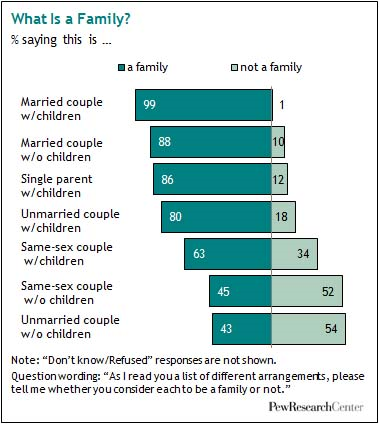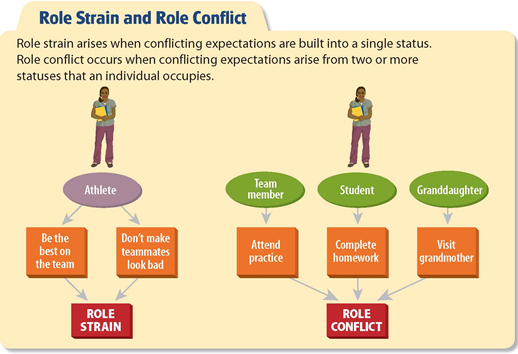Sociological Imagination
According to C. Wright Mills, the average person lives too narrow a life to get a clear and concise understanding of today’s complex social world. Our daily lives are spent among friends and family, at work and at play, and watching TV and surfing the internet. There is no way one person can grasp the big picture from his or her relatively isolated life. There’s just not enough time or capacity to be exposed to the complexities of a society of over 315 million people. There are thousands of communities, millions of interpersonal interactions, billions of internet information sources, and countless trends that transpire without many of us even knowing they exist. What can we do to make sense of it all?
Psychology gave us the understanding of self-esteem, economics gave us the understanding of supply and demand, and physics gave us the Einstein theory of E=MC2. When I learned of the sociological imagination by Mills, I realized that it gives us a framework for understanding our social world that far surpasses any common-sense notion we might derive from our limited social experiences. C. Wright Mills (1916-1962), a contemporary sociologist, suggested that when we study the family we can gain valuable insight by approaching it at two core societal levels. He stated, “neither the life of an individual nor the history of a society can be understood without understanding both” (Mills, C. W. 1959. The Sociological Imagination. Oxford Univ. Press, p. ii). Mills identified “Troubles” (challenges on the personal level) and “Issues” (challenges on the larger social level) as key principles for wrapping our minds around many of the hidden social processes that transpire in an almost invisible manner in today’s societies.
Personal troubles are private problems experienced within the character of the individual and the range of their immediate relation to others. Mills identified the fact that we function in our personal lives as actors and actresses who make choices about our friends, family, groups, work, school, and other issues within our control. We have a degree of influence in the outcome of matters within the personal level. A college student who parties 4 nights out of 7, who rarely attends class, and who never does his homework has a personal trouble that interferes with his odds of success in college. But when 50 percent of all college students in the country never graduate, we call it a larger social issue.
Larger social issues lie beyond one’s personal control and the range of one’s inner life. These pertain to society’s organization and processes. To better understand larger social issues, we need to define social facts. Social facts are social processes rooted in society rather than in the individual. Émile Durkheim (1858-1917, France) studied the “science of social facts” in an effort to identify social correlations and ultimately social laws designed to make sense of how modern societies worked given that they became increasingly diverse and complex (Durkheim, Émile. 1982. The Rules of the Sociological Method. Ed. Steven Lukes; trans. W.D. Halls. New York: Free Press, p. 50-59).
The real power of the Sociological Imagination is found in learning to distinguish between the personal and social levels in our own lives. Once we do that, we can make personal choices that serve us the best, given the larger social forces that we face. We can also better understand the circumstances and experiences of others.

Family Culture
Another key point in studying the family from a sociological perspective is to understand that all families have some cultural traits in common, but all also have their own unique family culture. Culture is the shared values, norms, symbols, language, objects, and way of life that is passed on from one generation to the next. Culture is what we learn from our parents, family, friends, peers, and schools. It is shared, not biologically determined. In other words, you are only born with drives, not culture. Most families in a society have similar family cultural traits. But, when you marry you will learn that the success of your marriage is often based on how well you and your spouse merge your unique family cultures into a new version of a culture that is your own.
Yet, even though family cultures tend to be universal and desirable, we often judge other cultures as being “good, bad, or evil” while we typically judge our own culture as being good. We have to consider our perspective when studying families from different cultures. Are we ethnocentric or cultural relativist?
Ethnocentrism is the tendency to judge others based on our own experiences. In this perspective, our culture is right, while cultures that differ from our own are wrong. I once visited a beautiful Catholic cathedral, Cathédrale St. Jean in Lyon, France. I fell in love with this beautiful and historic monument to the religious devotion of generations of builders. I learned that it took about 300 years to build, that England’s King Henry the VIII married his Italian bride there, and that a few families had nine generations of builders working on it. I left with a deep sense of appreciation for it all. On the bus back to our hotel, we met two American tourists who reacted very differently to their vacation in France. The gentleman said, “These people will eat anything that crawls under the front porch, they never bathe, they dress funny, and they can’t speak one *#&@ word of English!”
Another more valuable and helpful perspective about differing cultures is the perspective called cultural relativism, which is the tendency to look for the cultural context in which differences in cultures occur. If you’ve eaten a meal with a friend’s family, you have probably noticed a difference in subtle things like the food that is served and how it is prepared. You may have noticed that the friend’s family communicates in ways different from your own. You might also notice that their values of fun and relaxation also vary from your own. To dismiss your friend’s family as being wrong because it isn’t exactly like yours is being closed-minded. Cultural relativists like all the ice-cream flavors, if you will. They respect and appreciate cultural differences even if only from the spectators’ point of view. They tend to be teachable, child-like, and open-minded. They tend to enjoy or learn to enjoy the many varieties of the human experience.
An ethnocentric person thinks on the level of carrot soup: peel carrots, add water, and boil. The cultural relativist thinks on the level of a complex stew: peel and prepare carrots, potatoes, onions, mushrooms, broth, tofu, and 10 secret herbs and spices, and simmer for two hours. The diversity of the human experience is what makes it rich and flavorful.







